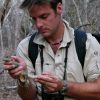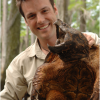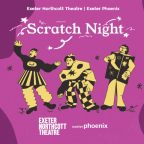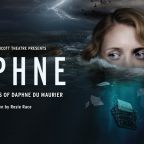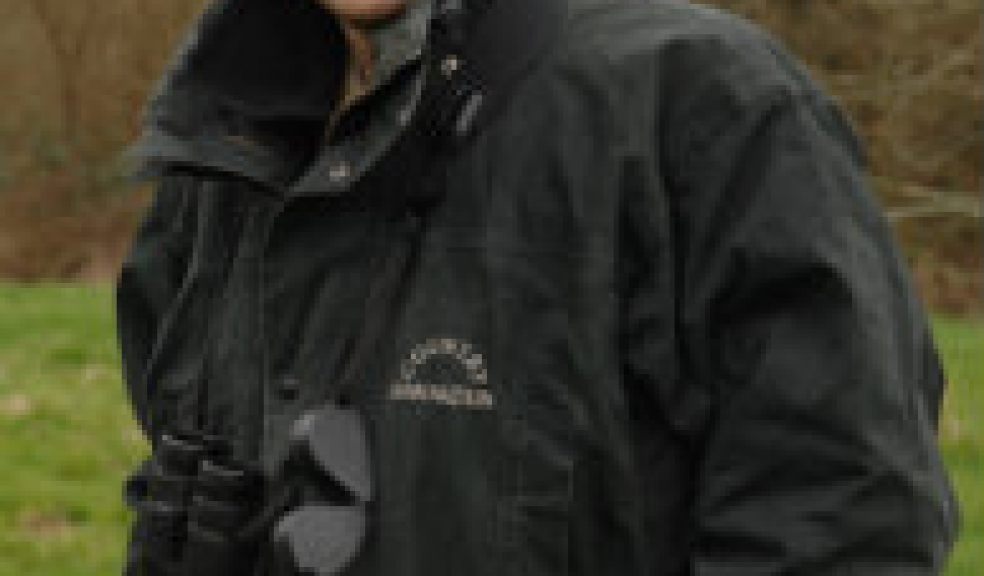
Bone Head – An interview with Nick Baker, naturalist, broadcaster and RAMM patron
In preparation for the upcoming talk: ‘Bone Head: A Heads up on the Most Fascinating Bones in the Body’ at the RAMM, The Exeter Daily caught up with the broadcaster Nick Baker to discuss the function and beauty of skulls.
For those who may not be aware of the up-coming lecture you are doing at the RAMM could you tell the readers of The Exeter Daily, a little bit about the talk?
It’s an insight into not only the fascinating biology of skulls, but also the sorts of things that happen to a collector. Not everybody understands the process and the pursuits of a skull collector.
What first interested you in bone collecting and what is the most memorable piece in your collection?
I’ve been collecting skulls ever since the first chicken skull I dug up in an old compost heap as a kid - I immediately saw a sculptural thing, a thing of innate beauty not just the poetry of form and function.
Favourite skulls... I have a soft spot for my Capybara from Venezuela and the jaws of my Black Piranha mainly down to the story of getting them… but to find out more you’ll need to come to the talk!
The skull and the image of the skull has seen a recent resurgence in the art and fashion world with the likes of Damien Hirst’s diamond encrusted skull, do you think that skulls should be viewed as pieces of art or should they remain solely within the field of science?
Skulls are whatever you want them to be… They are both beautiful and meaningful objects, they have both form and some pretty important functions too.
There is a continuing concern as to the decline in visitor numbers to museums, what are your thoughts on this decline and as a RAMM patron, why do you feel it is important to visit museums?
Museums are far from fusty and dusty old places, they are inspiring in their own right but they are also incredibly useful historic reference collections of objects and specimens from which a multitude of information can be extracted at a much later date ...just think of all the stuff we wouldn’t know about genetics and DNA if we didn’t have this vast back catalogue.
The other thing I love about then is not just the natural history of a specimen but the actual history, who collected it, what journey did it take to find itself in the case of cabinet before your very eyes … just pop along to the RAMM and let your imagination run wild!
As the co-founder of Exeter University’s national Bug Club, in your opinion are there any bugs which you feel are misrepresented in the public eye or you feel deserve more public attention?
All of them are misrepresented in my view, none of us give bugs the credit they deserve for the services and functions the perform for our planet, even the much maligned social wasps, very topical right now have many fascinating, dare I say mind blowing facets too their live and if you need to give everything a ‘value’ then just look at the recycling, pollination and pest control they get up to - we actually have them to thank as much as ladybirds and Bees.
Other than the upcoming lecture at the RAMM museum, what other projects are you currently working on?
I’m off making a film on eco-tourisms destinations in Malaysia, I have a couple of books in the pipe-line to follow on from my latest RSPB Trackers handbook, I’m leading trips to Costa Rica and Madagascar and I’m currently designing educational kits for kids on things like Butterflies and Moths. Oh and probably a bit more filming for Autumn and Winter Watch.
Tell us something that no one knows about you.
I actually quite like Cheryl Coles tattoo…...
Bone Head: A Heads up on the Most Fascinating Bones in the Body takes place at the RAMM museum on the 14th September at 2pm. To find out more about the talk and the museum click here.











